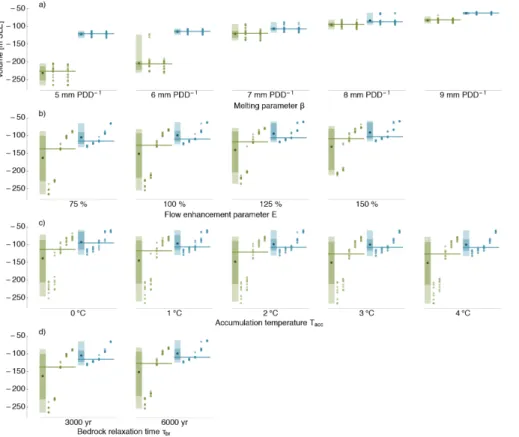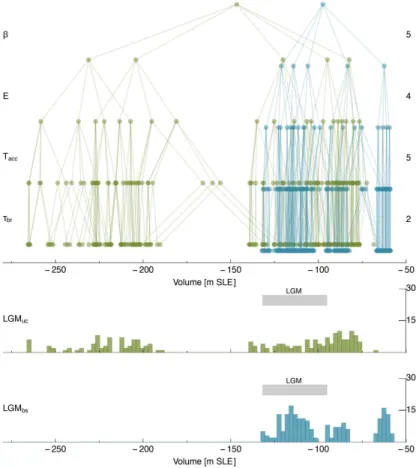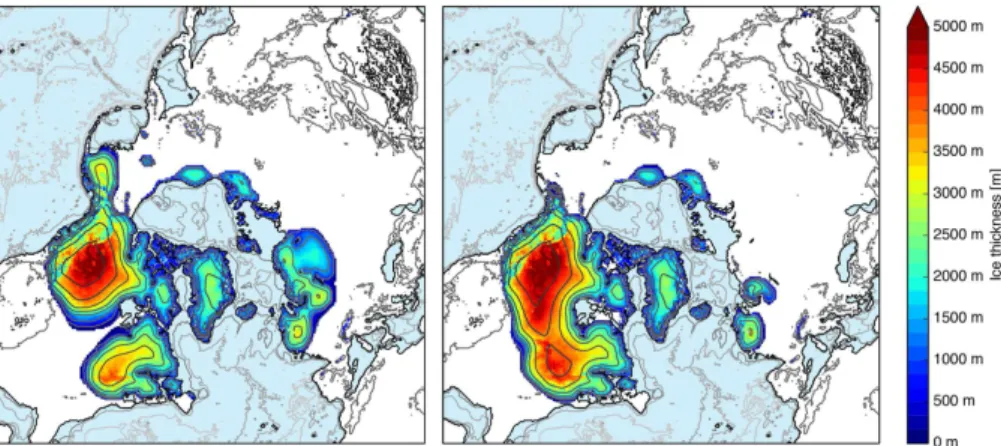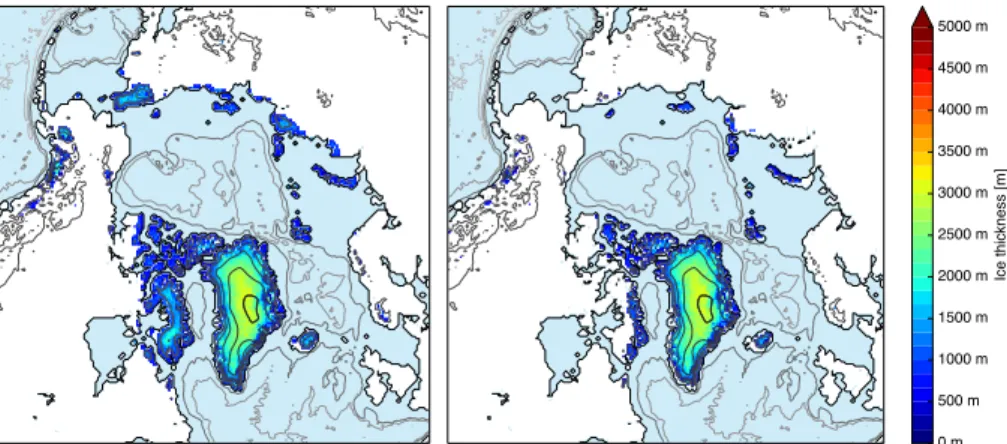An ice sheet model of reduced complexity for paleoclimate studies
Texto
Imagem



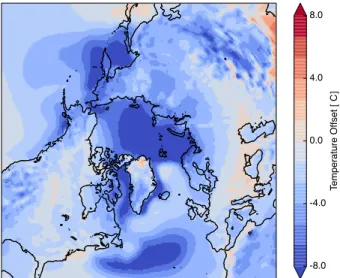
Documentos relacionados
One major di ff erence lies in the specific combination of bed deep- ness and ice thickness: while a large area of the ice sheet in the Weddell Sea Sector (namely the Institute
Northern Hemisphere ice sheets simulated by the GRISLI model at 18 ka BP, prior to Heinrich event 1, in terms of ice thickness (a) , ice velocities (b) and subsurface (550–1050 m)
Unstructured finite element mesh and model surface velocities after optimisation of the basal friction with the Robin inverse method, on the whole ice sheet and zooms on
The setting is typical of the inception and build-up areas of North American ice sheets in the mainly lowland Laurentide area during the early part of the last glacial cycle...
The structure of the remelting zone of the steel C90 steel be- fore conventional tempering consitute cells, dendritic cells, sur- rounded with the cementite, inside of
We apply a new parameterisation of the Greenland ice sheet (GrIS) feedback between surface mass balance (SMB: the sum of surface accumulation and surface ablation) and surface
Simulated lower summer temperatures over northern Canada and northwestern Europe in our OGIS11.5 simulation were the result of such ice-sheet-induced cooling, which would have
We have described and demonstrated a new procedure for generating 1850 preindus- trial ice sheet states for use in fully coupled ice-sheet/climate models which results in

